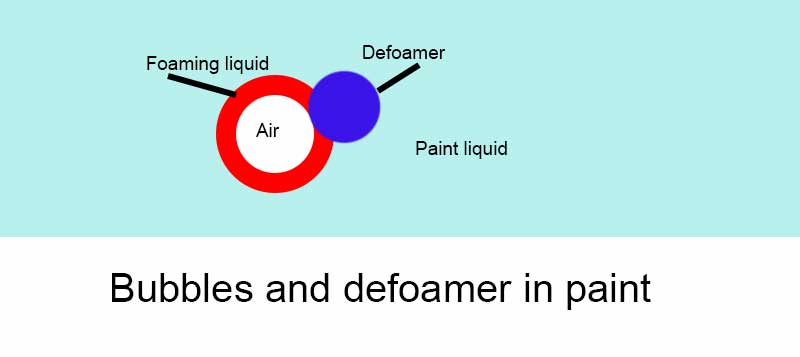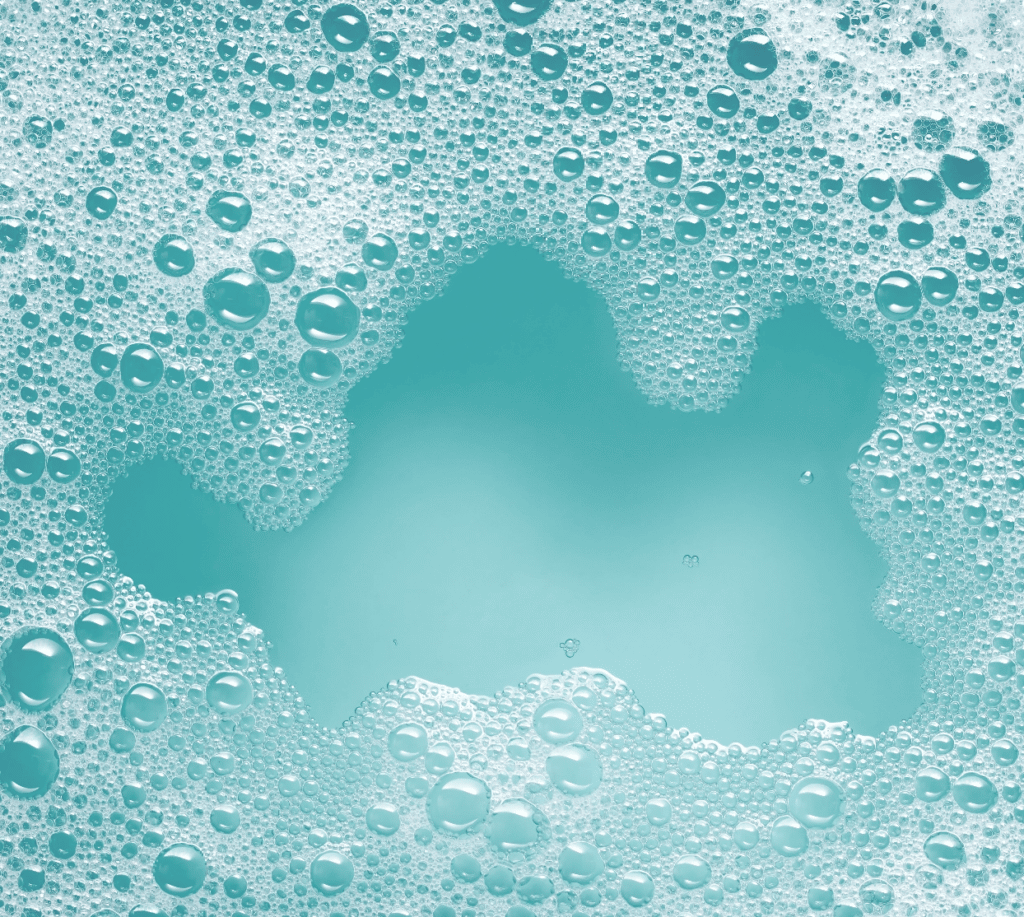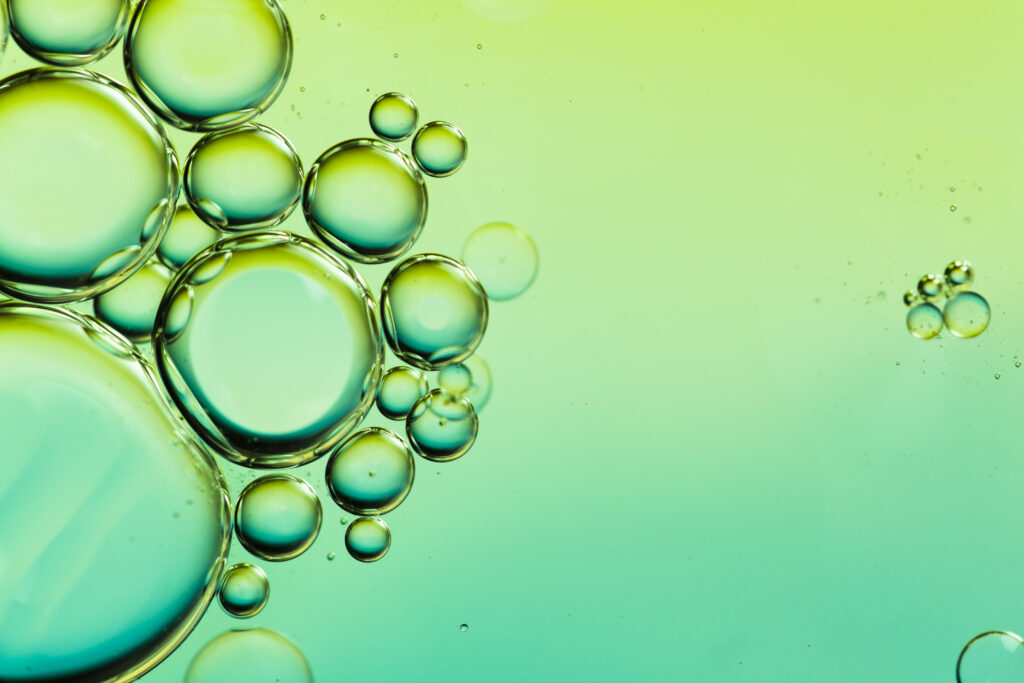Defoamers and Their Impact on Reducing Foam in Liquid Systems
The Role of Defoamers in Enhancing Item High Quality and Efficiency
Defoamers serve as crucial additives that reduce this issue, guaranteeing smoother production workflows while enhancing the functional and aesthetic attributes of the final items. The selection of the appropriate defoamer can be crucial to attaining optimum results, raising crucial questions regarding formulation compatibility and efficiency metrics that merit further expedition.
Recognizing Defoamers
Understanding the function of defoamers is necessary for maintaining product high quality across various markets. Defoamers are chemical ingredients designed to decrease and protect against the formation of foam in liquid systems, which can negatively impact processes such as mixing, loading, and surface area stress. Lathering can bring about ineffectiveness, product issues, and jeopardized aesthetic charm, making defoamers a vital element in making procedures.
In commercial applications, defoamers assist to improve product uniformity and security. The efficient usage of defoamers not just makes sure smoother manufacturing processes but likewise adds to remarkable product efficiency.
In addition, the choice and solution of a defoamer should straighten with certain application demands, such as compatibility with various other components, effectiveness under varying temperature and pH conditions, and prospective regulative restrictions. Eventually, recognizing defoamers' functions and their relevance in numerous formulas is vital for optimizing manufacturing and ensuring the finest final product.
Sorts Of Defoamers
Defoamers can be classified right into numerous types based on their make-up and device of activity. The key kinds consist of silicone-based, non-silicone organic, and inorganic defoamers.
Silicone-based defoamers are among the most efficient, primarily due to their ability to spread out quickly on the liquid surface and interrupt foam formation. Their one-of-a-kind chemical framework permits premium security, making them appropriate for high-temperature applications and environments with differing pH degrees.
Non-silicone organic defoamers, usually made up of fatty acids or all-natural oils, are valued for their biodegradability and lower toxicity. These are typically made use of in food and beverage applications where safety and security and ecological influence are paramount.
Inorganic defoamers, that include materials like talc or calcium carbonate, act by increasing the thickness of the fluid, thus reducing foam stability. They are usually used in commercial procedures where compatibility with various other materials is not an issue.
Each type of defoamer has distinct advantages and restrictions, allowing for tailored services relying on the certain frothing problems encountered in various applications. Understanding these distinctions is vital for enhancing performance and accomplishing preferred item high quality.
Applications Across Industries
Numerous markets take advantage of defoamers to boost item top quality and operational effectiveness. In the food and beverage industry, defoamers are important in procedures such as brewing and dairy products manufacturing to protect against foam development, which can result in inefficiencies and item incongruity. By regulating foam, makers can ensure much better return and a much more consistent product.
In the pharmaceutical sector, defoamers play a crucial duty in the formulation of liquid drugs, where too much foam can restrain blending and exact application. Their usage assists keep the stability of the solutions and helps with smoother manufacturing procedures.
The paint and layers industry likewise relies on defoamers to improve the performance of items throughout application. By lessening foam, these additives make certain a smoother surface and improve the aesthetic high qualities of the end product.

Benefits of Making Use Of Defoamers
While the application of defoamers varies across industries, their benefits regularly improve item high quality and procedure performance. One significant benefit is the reduction of foam formation during producing procedures, which can or else bring about manufacturing delays and inconsistencies in item high quality. By decreasing foam, defoamers enable a smoother circulation of products, helping with much more reliable procedures and lowering the likelihood of devices breakdowns.
Furthermore, making use of defoamers can boost the look and Go Here structure of end products. In fields such as finishes, paints, and food handling, extreme foam can jeopardize the aesthetic aesthetic appeals and general quality, while the appropriate defoamer application ensures an uniform surface and preferable characteristics. Defoamers can contribute to cost savings by lowering waste throughout production and maximizing the usage of raw products.

Choosing the Right Defoamer
Choosing the ideal defoamer is vital for optimizing production processes and ensuring product quality. The choice of defoamer influences not just the effectiveness of foam control however also the overall performance characteristics of the end product. Factors to consider consist of the kind of application, the chemistry of the formula, and the environmental conditions under which the product will certainly be made use of.
Various markets may call for details defoamer types, such as silicone-based, organic, or polymeric defoamers. Recognizing the compatibility of the defoamer with the key ingredients is important to avoid damaging responses that might endanger item honesty. In addition, the defoamer's efficiency in various temperature levels and pH levels should be evaluated to ensure constant performance.
Examining the defoamer in small-scale applications can give useful understandings into its efficiency and viability. Consideration of regulative conformity, particularly in food, drugs, and cosmetics, is critical in selecting a defoamer. Eventually, a comprehensive analysis of these elements will certainly lead to the option of a defoamer that not only manages foam properly but also enhances the high quality and efficiency of the end product.
Verdict

To conclude, defoamers are vital ingredients that significantly improve product top quality and performance across various markets. By successfully reducing foam formation, these agents not only improve functional performance yet additionally add to the practical and aesthetic stability of products. The critical choice and application of defoamers result in cost financial savings, maximized resource use, and boosted client contentment. On the whole, the significance of defoamers in commercial processes can not be overstated, as they play an important function in achieving constant and high-grade end results.
Foaming can lead to inadequacies, item flaws, and jeopardized aesthetic appeal, making defoamers a critical part in producing operations.
